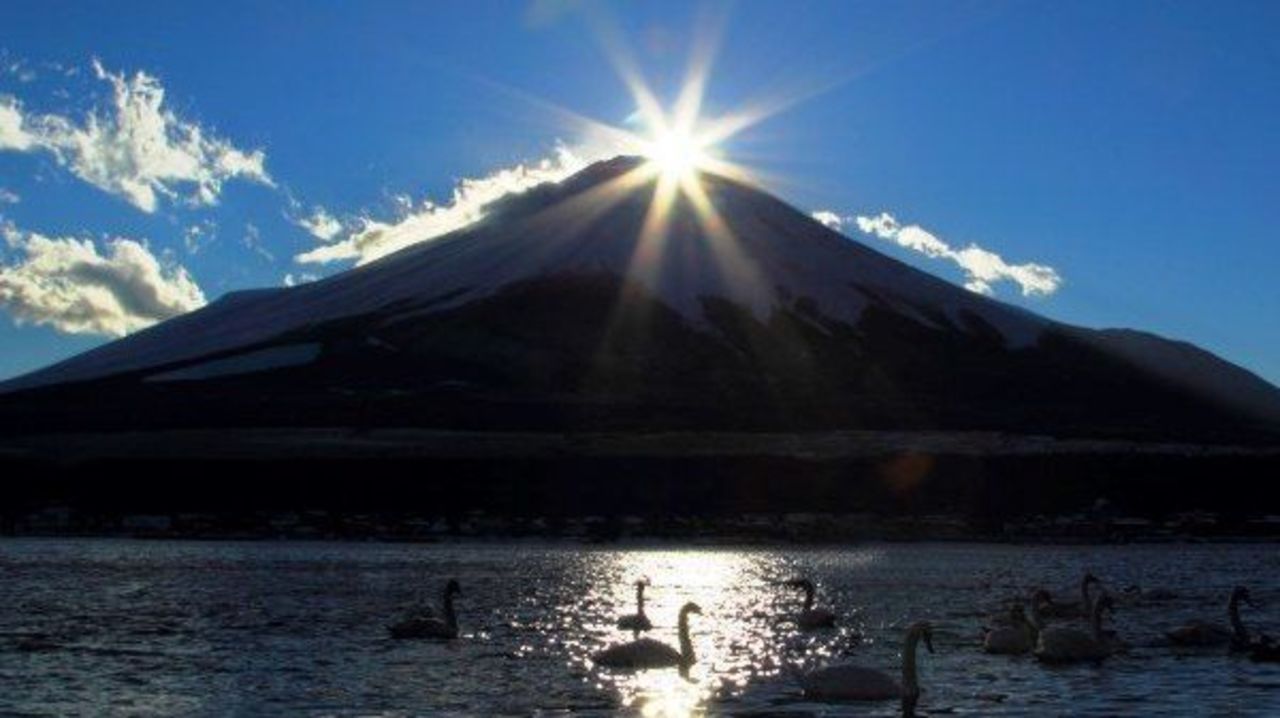
Japan is home to some of the most spectacular sites for tourists to visit. From Mt. Fuji to the picturesque streets of Kyoto to the vast nature of Okinawa, tourists are never out of unique photo opportunities all year round.
But for those of us experienced travelers that want to capture something other than the guidebook recommended spots, Rakuten Travel has spotted and compiled the 10 most spectacular landscapes that are out of this world. Not only are they perfect for capturing on film, they will also capture your heart!
1. Frost Flowers, Lake Akan, Hokkaido

These frost flowers along Lake Akan of Hokkaido, named as resembling ferns, are ice crystals formed as vapors freeze on the cold lake surface, gradually growing to the size of the palm of your hand. These “winter flowers,” as they are also called, are so delicate that they would crumble under your breath. A hot spring at the bottom of the lake keeps the ice sheet thin in part of the lake, where the frost flowers are easier to form. These Frost Flowers can generally be seen from December through March, depending on the temperature of the season.
2. Tombolo, Shodoshima Island, Kagawa Prefecture
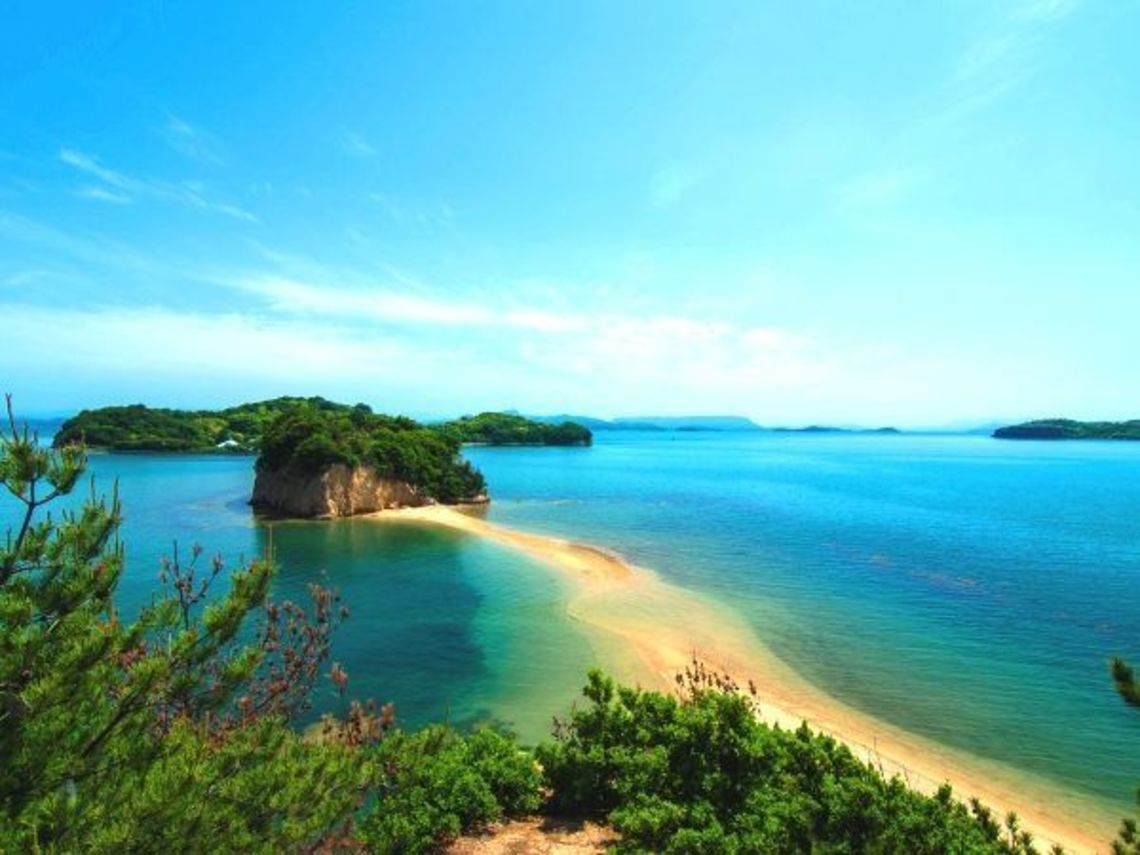
Twice every day, an “angel road” to a little island mysteriously arises from the midst of the sea. According to an old tale, two lovers join hands at the center of this magical tombolo (Italian for “mound”) that links the usually cloistered island to the nearby mainland every time the islands link up. The breathtaking tombolo of Shodoshima Island in Kagawa Prefecture can be seen twice a day at low tide.
3. The Omega Sun, Cape Muroto, Kochi Prefecture
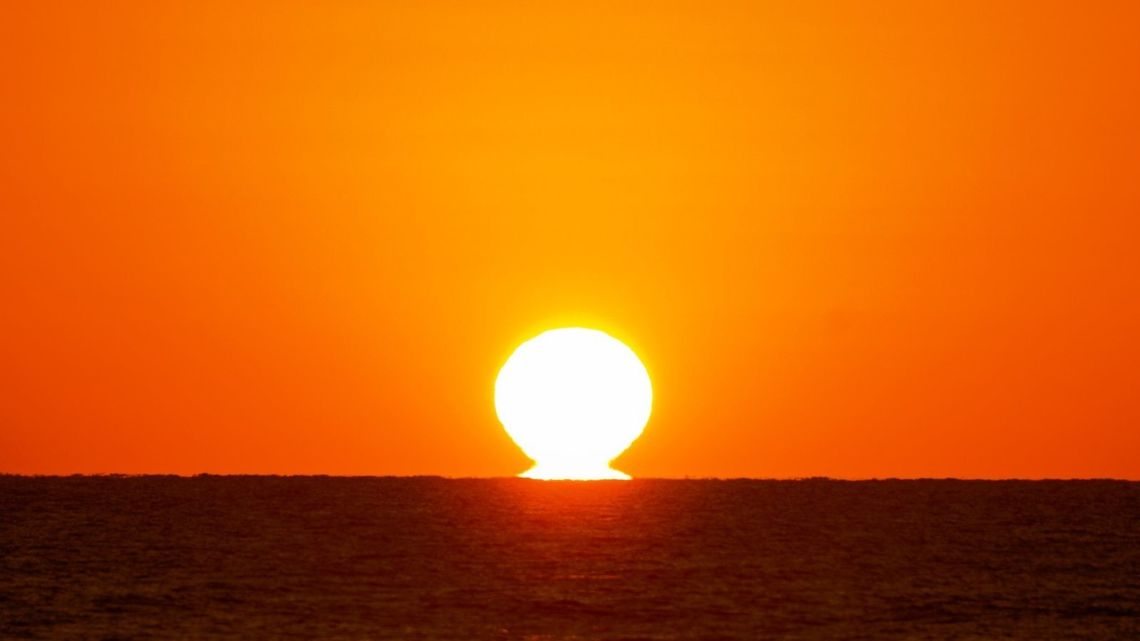
The auspicious Omega Sun occurs only once or twice a season - appearing on the horizon in the morning as the sun rises or in the evening as the sun sets. The atmospheric layer near the ocean surface is refracted to form a mirage of another sun, creating a mirage like the Greek letter omega (Ω).
In Japan this phenomenon is named after traditional doll, the daruma. The majestic beauty of this sun can be viewed from Cape Muroto, famous as the place where the legendary Buddhist leader Kobo Daishi was first enlightened. If you’re lucky, the Omega Sun can be seen at sunrise and sunset from late November through mid-February.
4. Diamond Dust in a Sun Pillar, Biei, Hokkaido
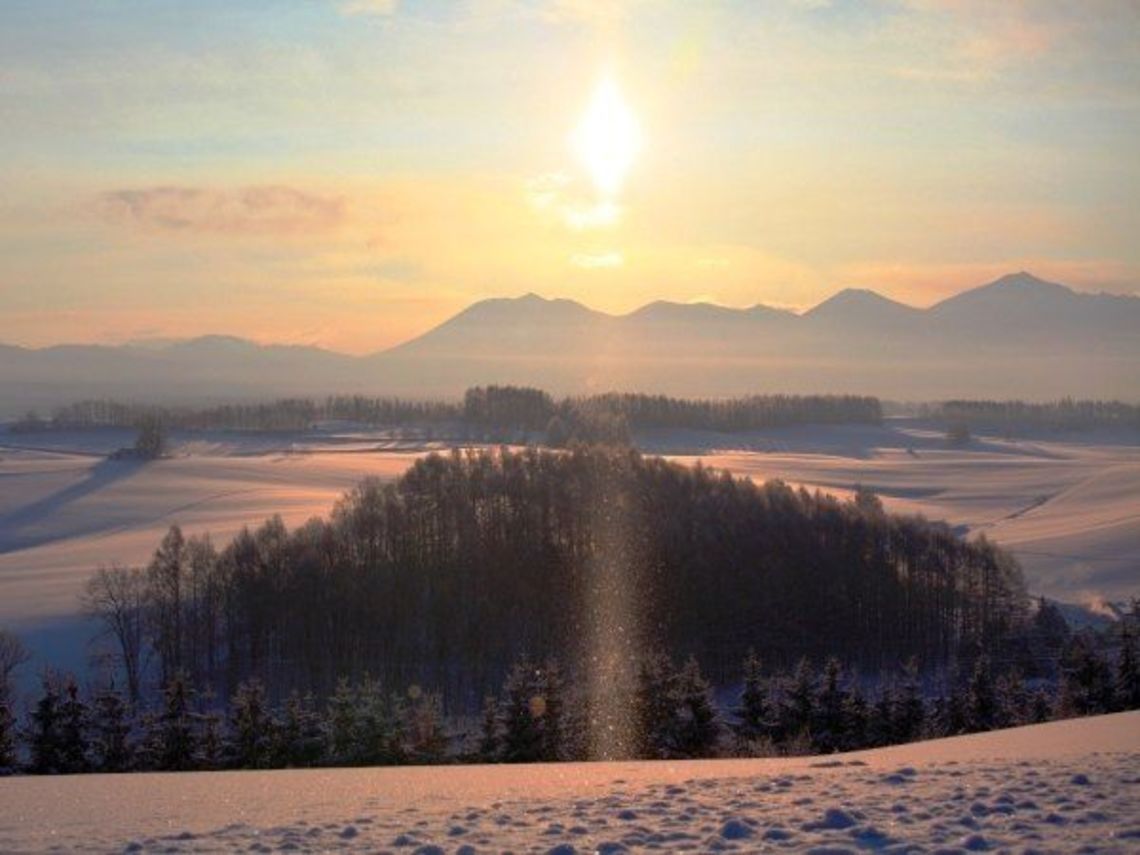
Like something out of a fairytale, “diamond dust” got its name from tiny glistening ice crystals that form in the air. They form in the same way snow does, but due to its small size, they remain floating in the air without falling. At calm weather, the sunlight reflects evenly through the ice crystals, radiating glittery rays of light. You can catch this frosty sight only in the coldest months of January and February in Biei, Hokkaido, anytime the temperatures hit below 16°C.
5. Fire-Breathing Godzilla Rock, Shiosezaki, Akita Prefecture
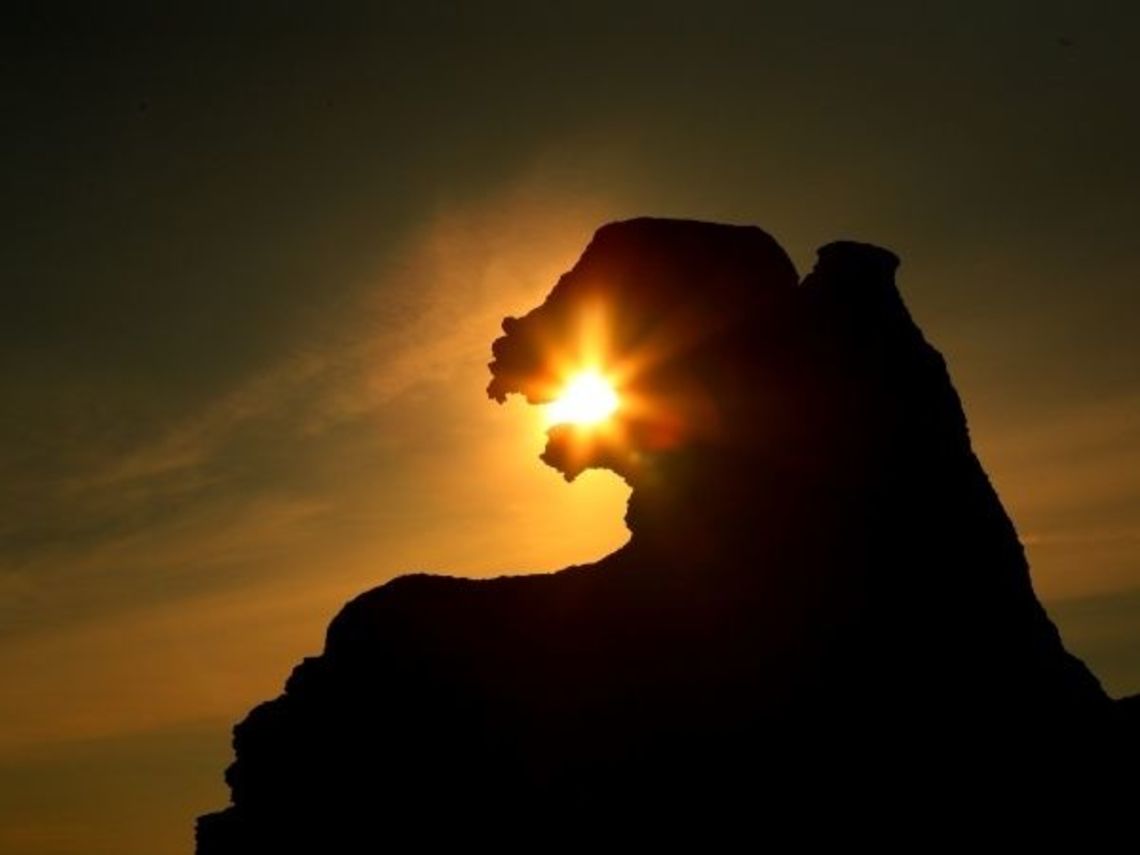
In Oga Peninsula of Akita Prefecture lies Shiosezaki, well known to fishing enthusiasts for its jagged rocks. The “Godzilla rock”, or series of rocks that form to look like the Japanese monster is particularly famous, especially in broad daylight as it stares intently into the sea. When the area becomes enveloped in shadows as dusk approaches, the creature appears even more menacing. As the reddening sun descends and is juxtaposed with the monster’s mouth, Godzilla appears to be spewing flames!
6. Moon Road,Higashiizu Hokkawa Onsen, Shizuoka Prefecture
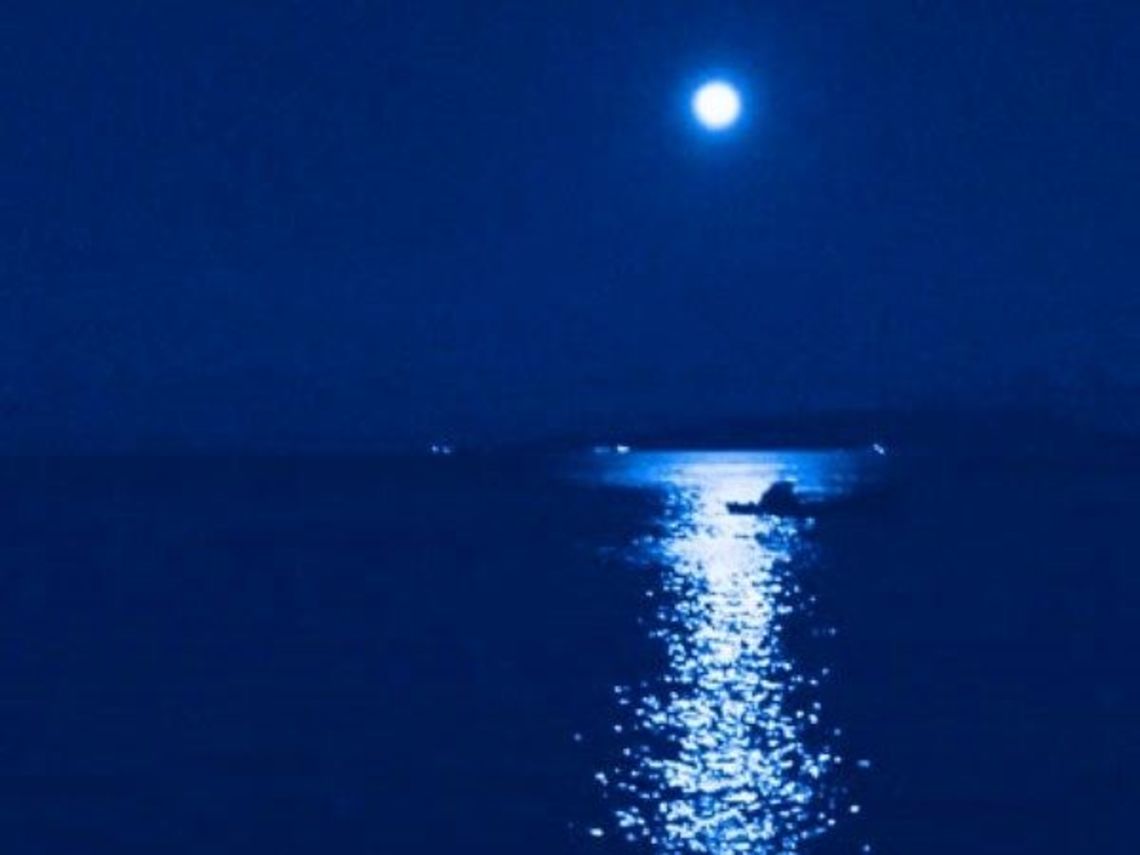
On the day of the full moon when the night is at its brightest, the moonlight shines on the surface of the sea in a long straight reflection to form a heavenly “moon road”. If you are lucky enough to catch a glimpse, be sure to make a wish; legend has it that a wish upon the “moon road” will be granted! It was rated as the number one “Angel Power Spot” among the Shizuoka residents.
7. Carpet of Cherry Blossoms, Hirosaki Park, Aomori Prefecture
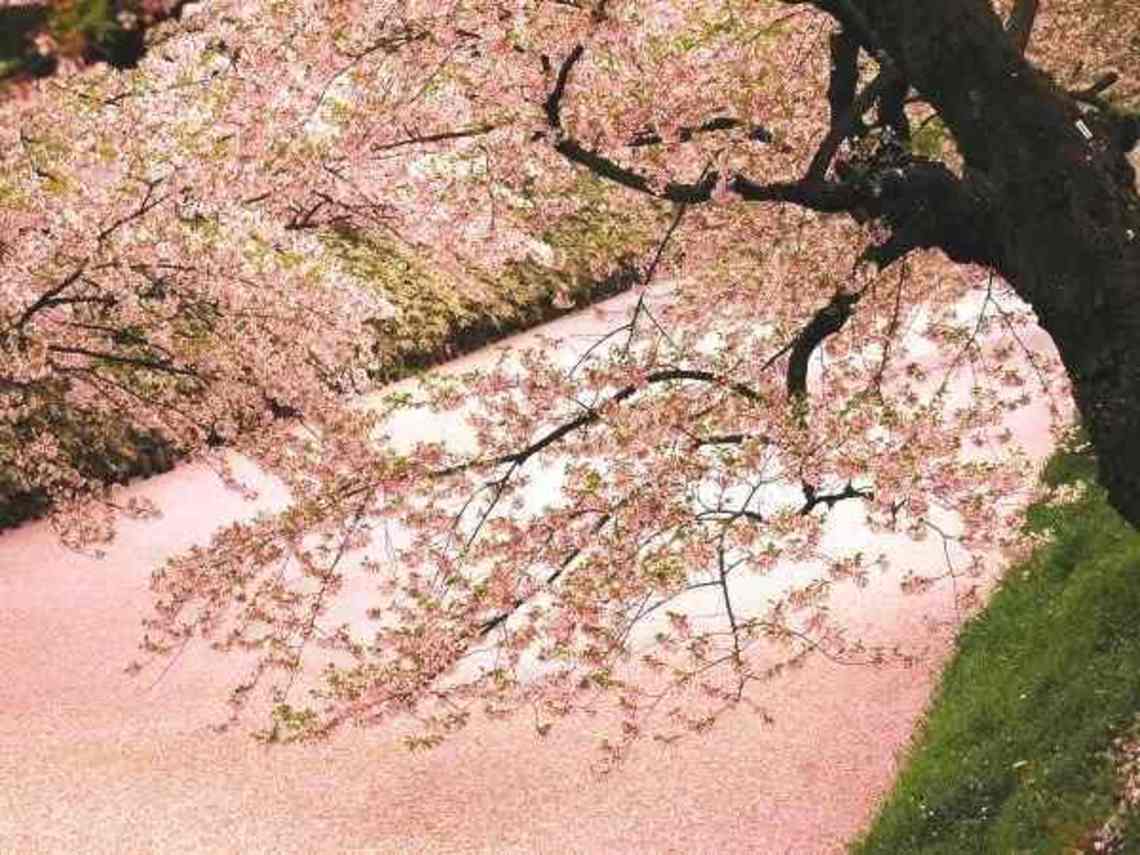
Widely admired as a cherry blossoms (sakura) viewing spot, the Hirosaki Park in Aomori Prefecture has more than 2,600 trees of some 50 varieties, all blooming at once when spring comes. The outer moat of Hirosaki Castle turns pink, forming a raft of blossoms. Referred to as the “carpet” of cherry blossoms, this stunning scenery will last from late April to early May, mesmerizing anyone that visits.
8. Inverted Fog, Nagano Prefecture, Ueda City, Nagano Prefecture
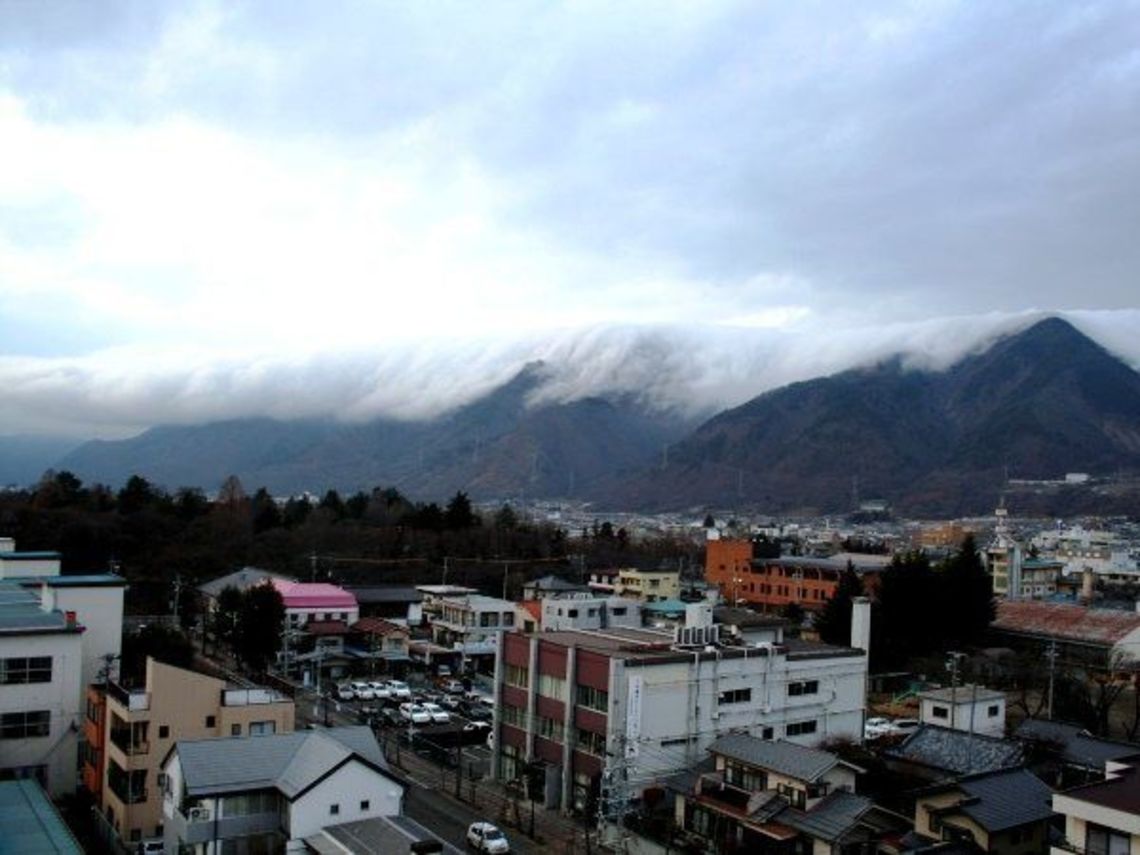
Cascading from the north over a ridge stretching from Mt. Taro to Mt. Kokuzo, the “inverted fog” flows toward Ueda City and then ceases. Most of the peaks along the north of Ueda City hold back the oncoming clouds, but the fog makes its way over the lower range between Mt. Taro and Mt. Kokuzo. This out-of-the-world site can only be seen at the turn of the seasons, when the temperatures suddenly jump.
9. Diamond Fuji, Lake Yamanaka, Yamanashi Prefecture
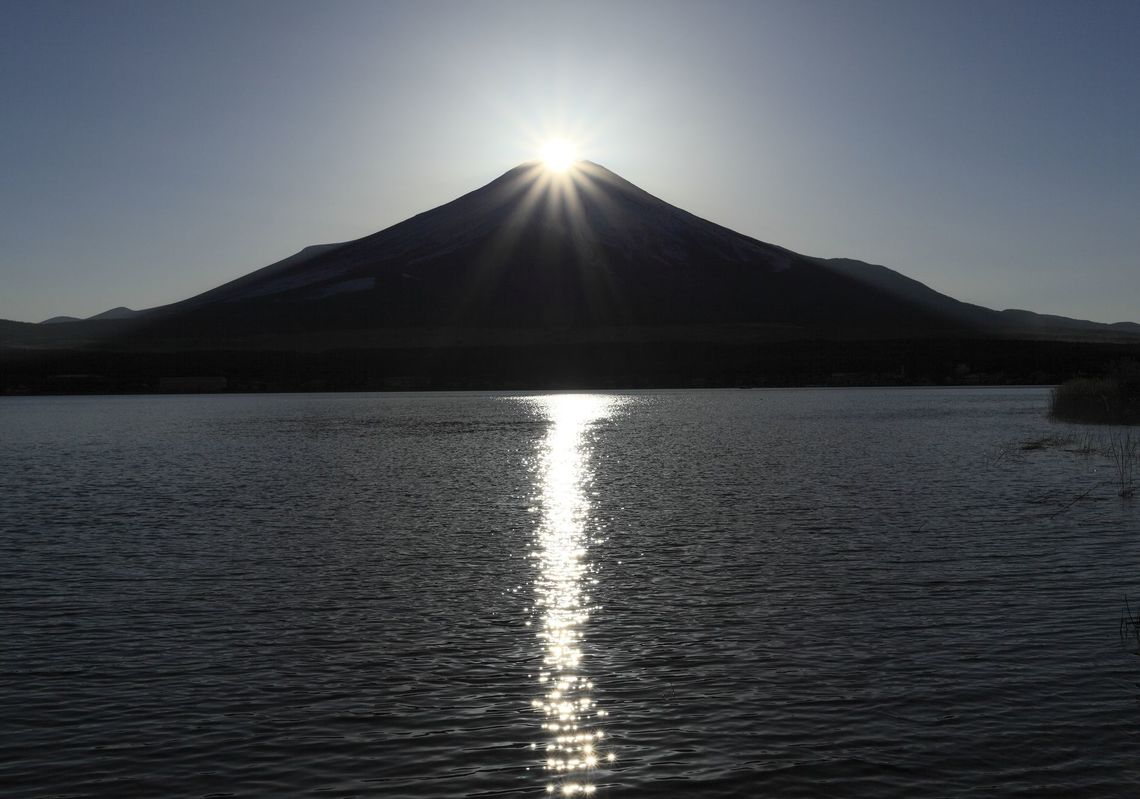
Even though the sight of Mt. Fuji is breathtaking as is, the “Diamond Fuji” is a dazzling site to see. This natural phenomena occurs in the brief time when the sun hides just behind the peak of Mt. Fuji, creating the sparkle of a diamond, best seen from Lake Yamanaka as the sun goes down. The sun’s rays hit Mt. Fuji the hardest between mid- October to the end of February in the afternoon.
“Diamond Fuji” occurs in the brief time when the sun hides just behind the peak of Mt. Fuji, creating the sparkle of a diamond, best seen from Lake Yamanaka as the sun goes down. This wondrous sight is perfect for capturing on film!
10. Brocken Specter, Mt. Daisen, Tottori Prefecture
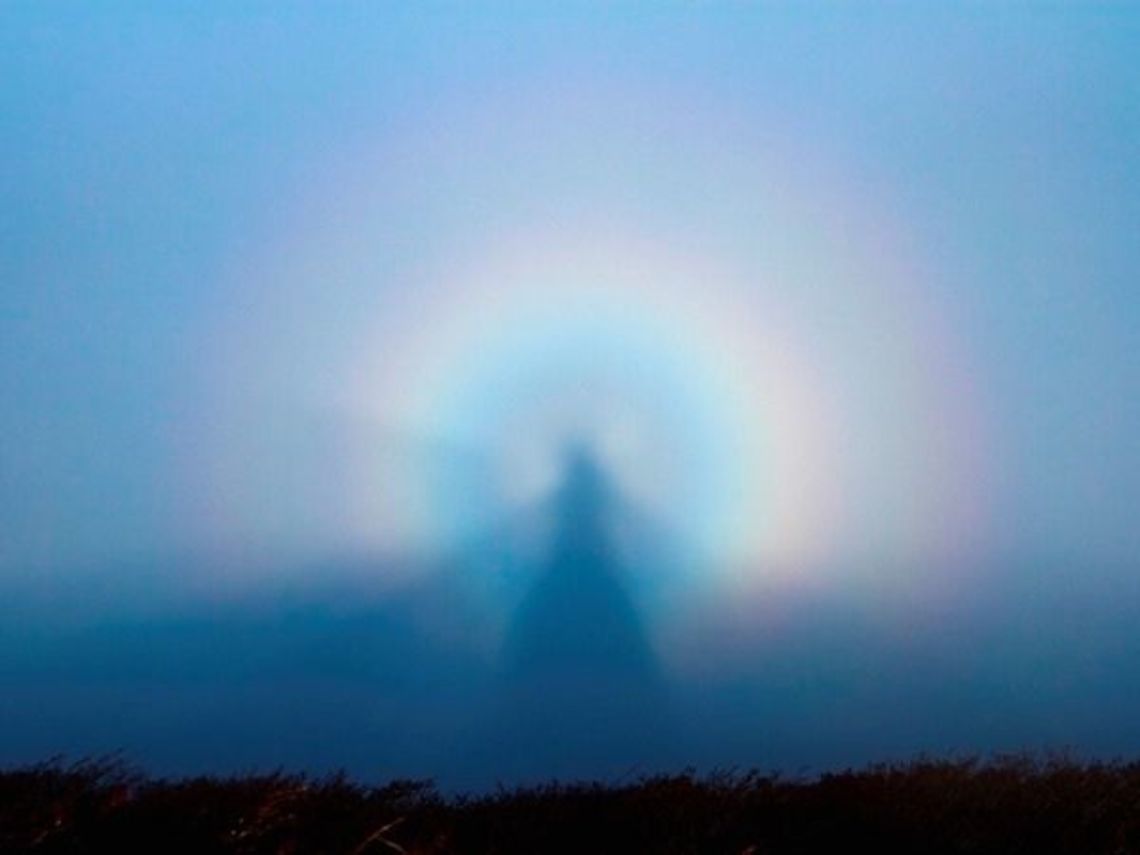
The magnificent Brocken Specter can be seen on Mt. Daisen of Tottori prefecture. It can be seen when light from the sun is projected from behind the viewer and diffused in clouds or mist, creating a multi-colored breathtaking effect. The vision is emphasized if you’re standing on a mountaintop at Mt. Daisen. In an earlier era of Japan, this early morning viewing was called Goraiko (“welcoming of light”) and considered to be an apparition of the Amida Buddha surrounded in light. Regardless of season, the Brocken Specter can be seen upon sunrise.

